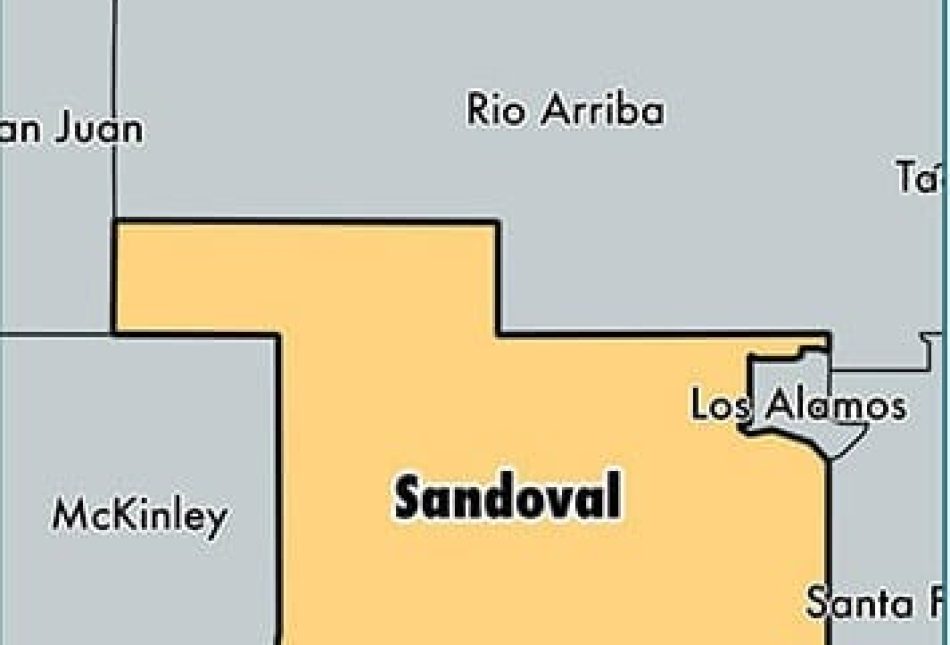Other counties could benefit from Sandoval County’s lead

For years, New Mexicans have watched liberal politicians in New Mexico’s Legislature stand in the way of economic reform. Right to work, school choice, tax reform and repeal of our state’s “prevailing wage” law are just some of the economically impactful policy initiatives that have been considered, only to be killed – or in the case of tax reform, postponed.
As things stand now, New Mexico is among the most economically challenged states in the nation. Our unemployment rate is second-highest, and amazingly, we have fewer jobs today than we did a decade ago.
Despite all the challenges, it seems as if little, if anything can be expected out of Santa Fe during this legislative session. Legislators appear content to hope that oil prices and production continue to rise in the Permian Basin and that more of the tax-cut and deregulation-fueled national economic boom “trickles down” to New Mexico.
If your focus is exclusively on Santa Fe, the economic future of our state is quite bleak. The good news is that we don’t have to wait for lawmakers to act.
The Sandoval County Commission recently enacted a right-to-work ordinance. Loosely based on successful measures that passed in Kentucky in 2014 and 2015, commissioners, tired of waiting for Santa Fe, decided to take action to bring jobs and economic development to their community.
It was a smart move, because site selectors and business leaders alike consider right to work among the top issues when locating new facilities. For three years now, the Rio Grande Foundation has been tracking investment announcements in Area Development magazine. An impressive 76 percent of the jobs to be created by the projects have been in right-to-work states.
In December 2014, Kentucky’s Warren County passed a right-to-work ordinance. Within six months, local officials received inquiries from 47 economic development projects. It was a sharp contrast to the 32 inquiries the entire state received in all of 2014.
The inquiries turned into $1 billion in capital investment in Warren County. When local governments in other parts of the state saw what was happening, they took notice – 12 other counties adopted similar legislation.
The unions sued, but right to work at the county level was upheld in federal court. It’s likely that a similar judicial finding will result from Sandoval County’s action – and thus, provide a legal imprimatur for other New Mexico counties to adopt such ordinances.
Kentucky’s legislature eventually made the entire Bluegrass State free from compulsory unionism in early 2017. The law takes precedence over county laws, meaning that Sandoval County, N.M., is now the national leader on right to work at the county level.
Commissioners’ adoption of right to work didn’t come easy. While overwhelming majorities nationwide – including 65 percent of Democrats – support labor freedom, New Mexico’s unions were organized in militant opposition. Meetings dragged on until the wee hours. Even worse, commissioners and activists were called nasty names. Legal opinions, including one from Attorney General Hector Balderas, were proffered in blatant attempts to stop the county from acting.
The fight was fierce, but right-to-work supporters took comfort in the fact that you take the most flak when you are over the target. Local leaders who want to break out of New Mexico’s malaise must strongly consider adopting their own ordinances. There are few real economic development levers available to local governments, but right to work is one.
At its core, the issue is worker freedom – i.e., individuals should be able to choose whether to join a union and pay dues as a precondition of employment. Free association under the First Amendment is a basic tenet of American jurisprudence. Right to work is also about economic development, which local governments have been empowered to do by state legislatures and the courts.
Many counties throughout New Mexico could benefit from right to work. It is time for citizens and business owners to press their local leaders to act. Elected officials in Sandoval County put personal comfort aside for the good of their communities. Their counterparts throughout the state should do the same.
<i>The Rio Grande Foundation is an independent, non-partisan, tax-exempt research and educational organization dedicated to promoting prosperity for New Mexico based on principles of limited government, economic freedom and individual responsibility.</i>
